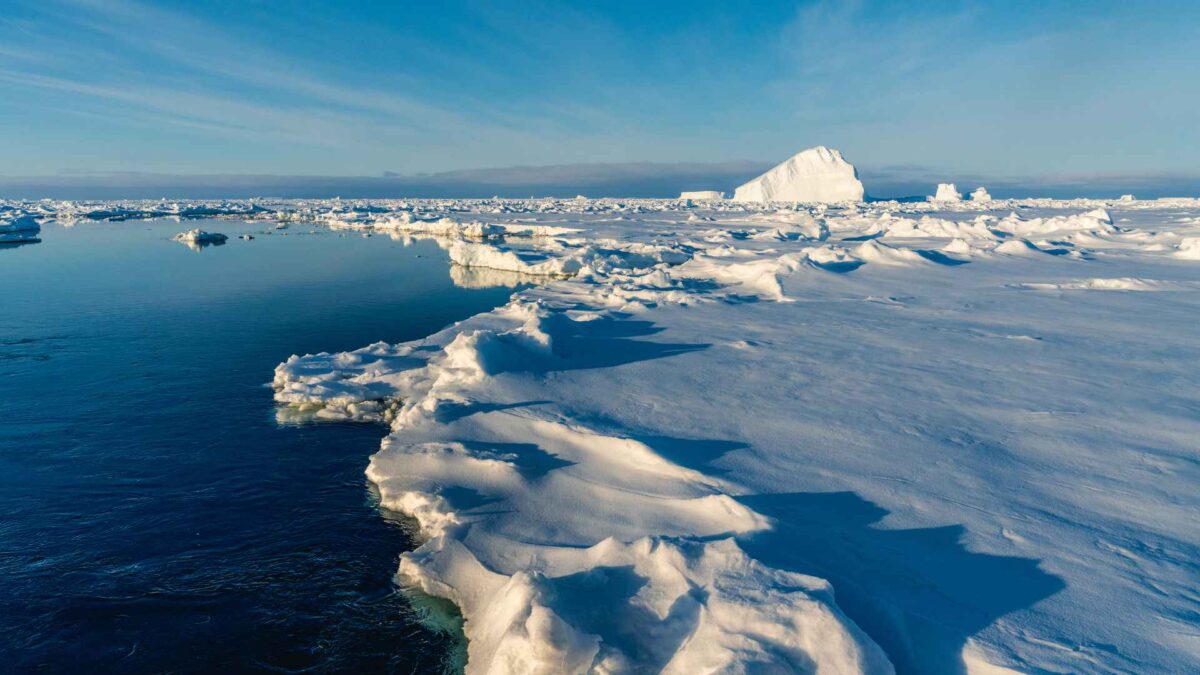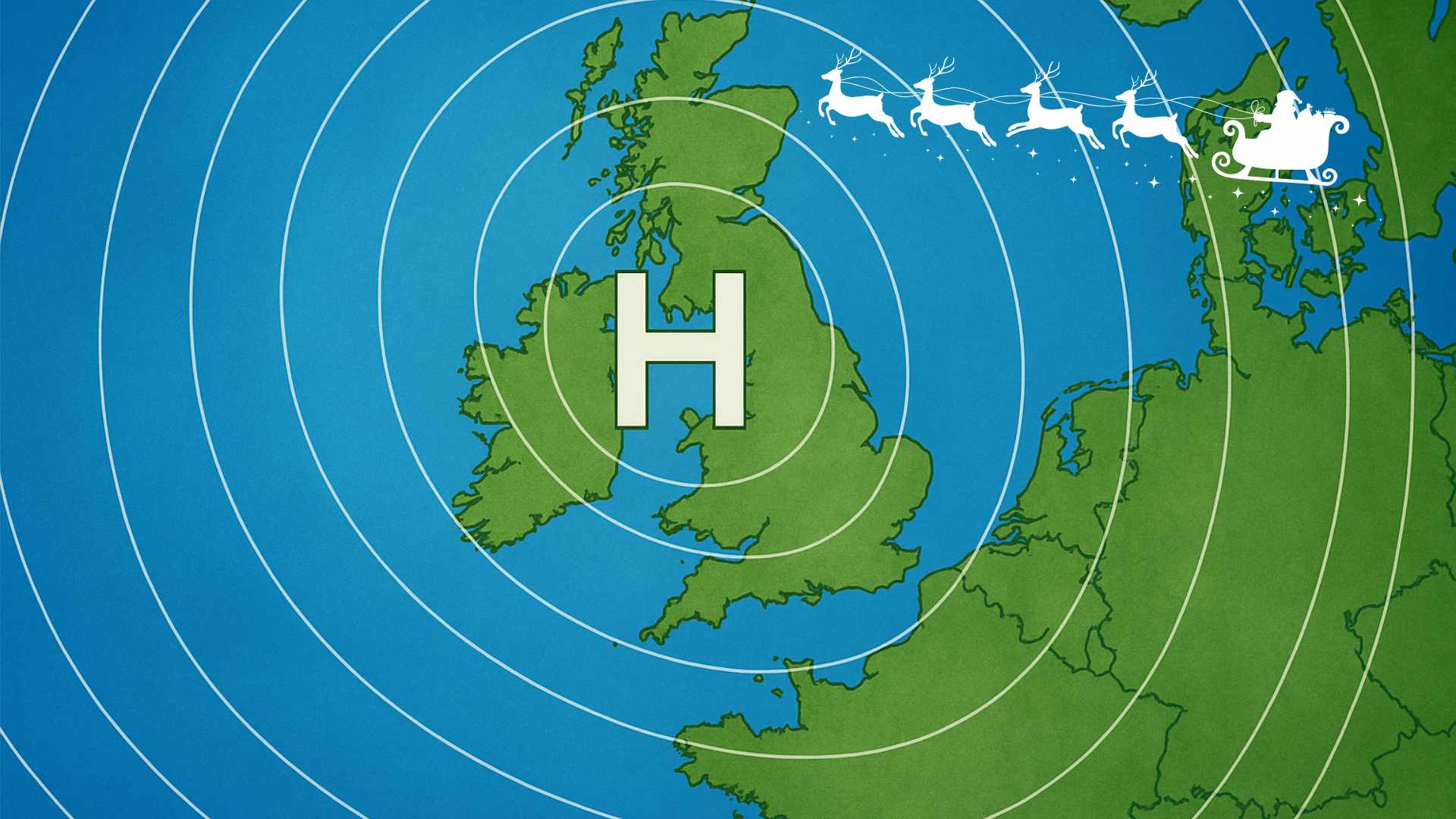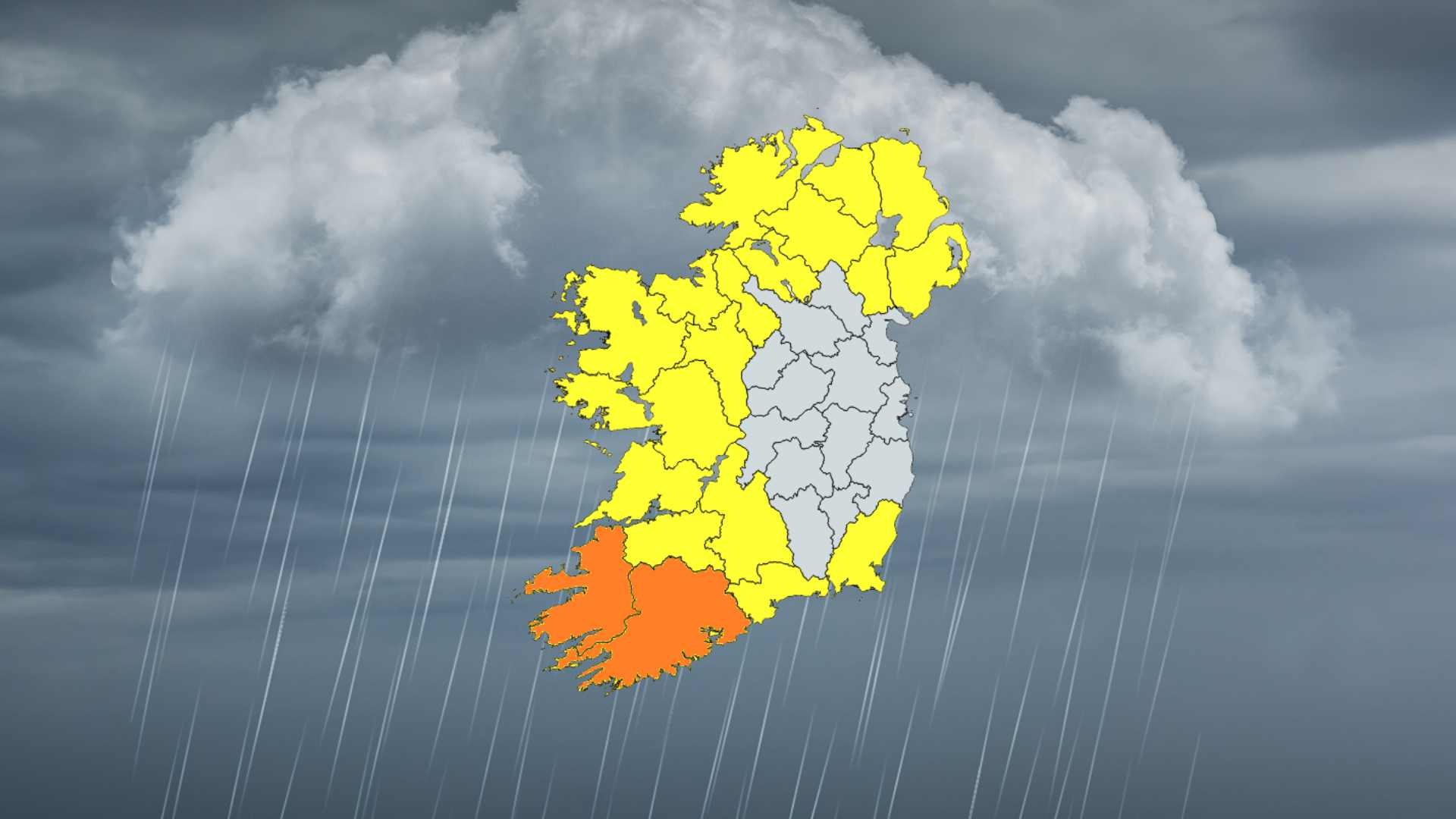
Satellite data confirms 1990s projections of ocean rise

Global sea-level rise over the past three decades closely matches climate projections made in the mid-1990s, a new study has found.
The research, led by Tulane University scientists, shows that early models were remarkably accurate despite their relative simplicity.
“The ultimate test of climate projections is to compare them with what has played out since they were made, but this requires patience – it takes decades of observations,” said lead author Torbjörn Törnqvist, Vokes Geology Professor in Tulane’s Department of Earth and Environmental Sciences.
Törnqvist added that the results provide strong evidence for human influence on climate. “For anyone who questions the role of humans in changing our climate, here is some of the best proof that we have understood for decades what is really happening, and that we can make credible projections,” he said.
Co-author Sönke Dangendorf, Associate Professor in the Department of River-Coastal Science and Engineering, said that while global projections have proven reliable, translating them into local forecasts remains a challenge. “Sea level doesn’t rise uniformly – it varies widely. Our recent study of this regional variability relies heavily on data from NASA’s satellite missions and NOAA’s ocean monitoring programs,” he said. “Continuing these efforts is essential for informed decision-making for people living along the coast.”
Satellites launched in the early 1990s enabled the first precise measurements of global sea-level change. Data shows that the ocean has risen at an average rate of roughly one eighth of an inch per year, with the rate accelerating in recent years.
The researchers compared this satellite record with projections published in 1996 by the Intergovernmental Panel on Climate Change (IPCC). The report predicted a 30-year rise of nearly 8 centimetres, very close to the 9 centimetres observed. However, it underestimated the contribution of melting ice sheets by more than 2 centimetres.
At the time, little was known about how warming oceans could destabilize parts of the Antarctic Ice Sheet or accelerate Greenland’s ice flow into the sea. These uncertainties highlight the ongoing challenges of predicting future ice-sheet behavior.

The study also underscores the potential risk of catastrophic ice-sheet collapse, which, while considered unlikely, could have major impacts on low-lying coastal regions in the United States and elsewhere.
The paper, published in Earth’s Future, was co-authored by colleagues from the University of Oslo and NASA’s Jet Propulsion Laboratory at Caltech.
Share this WeathÉire story:







